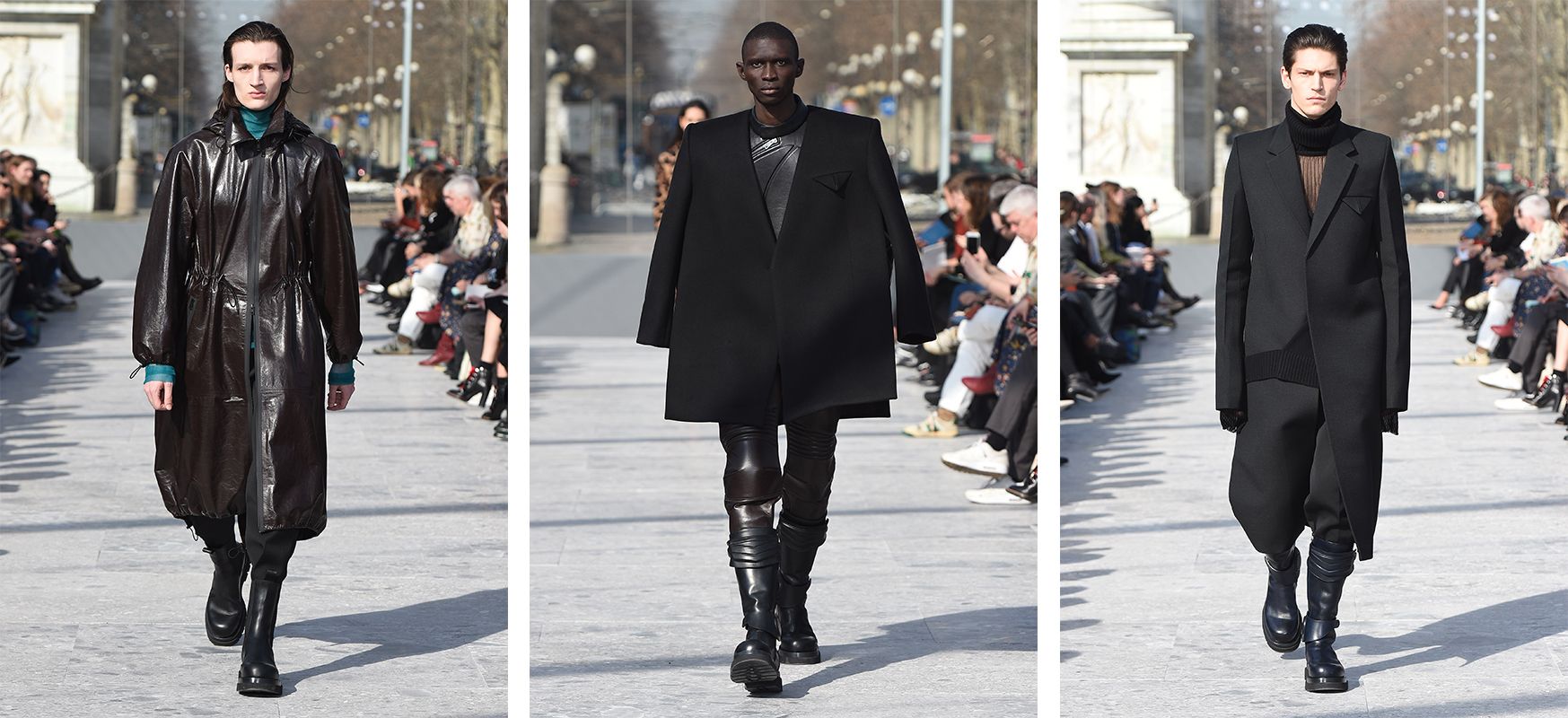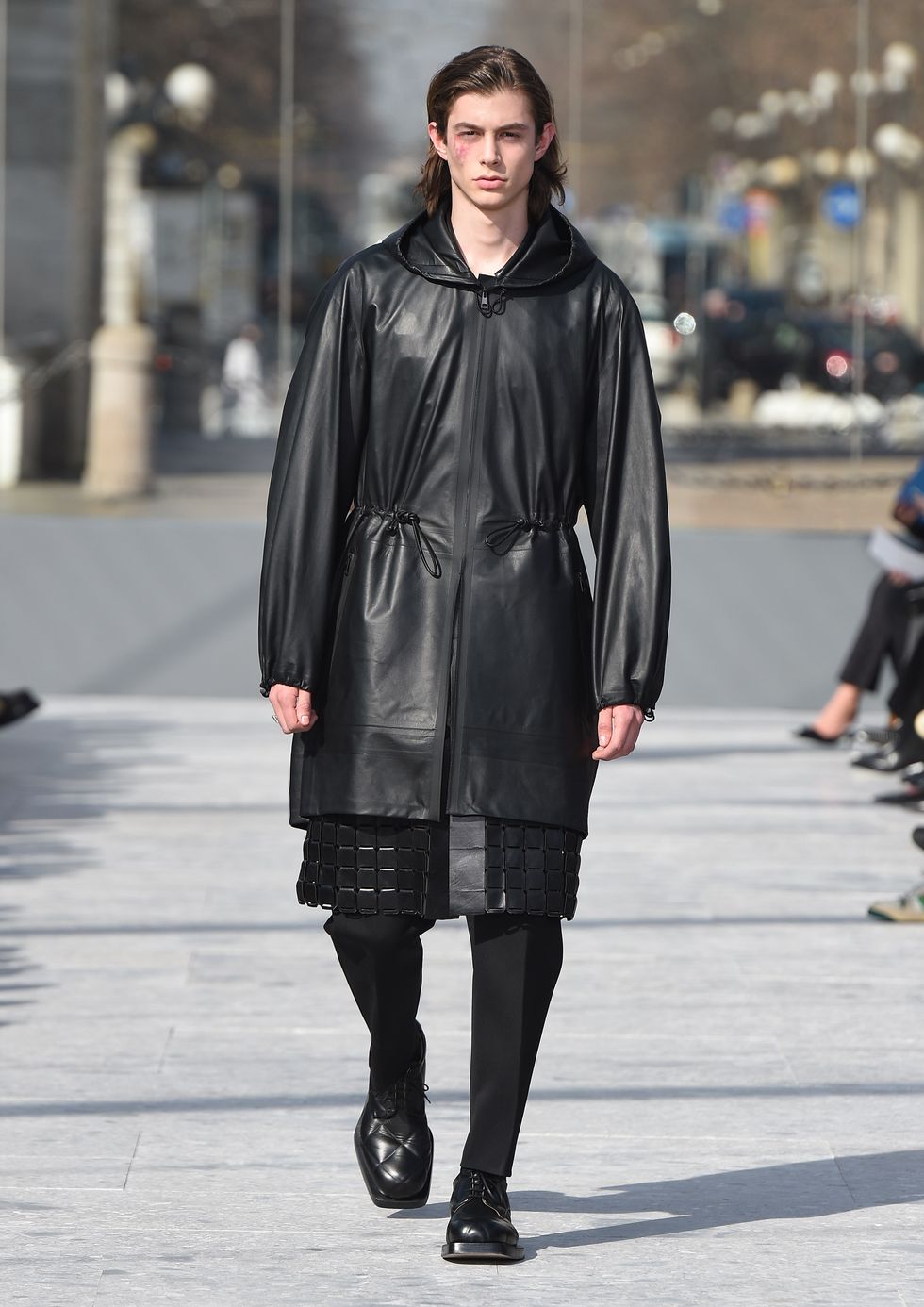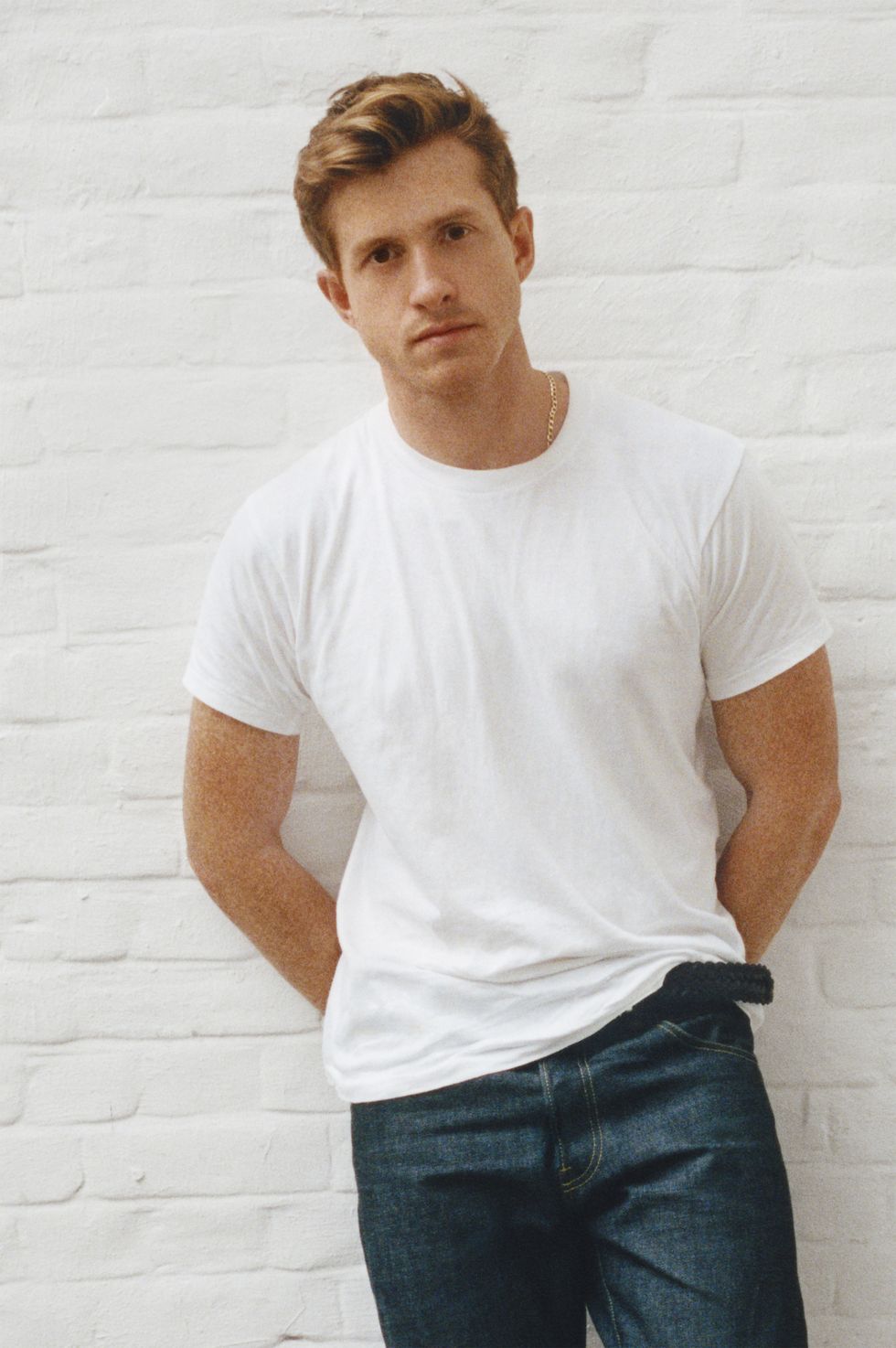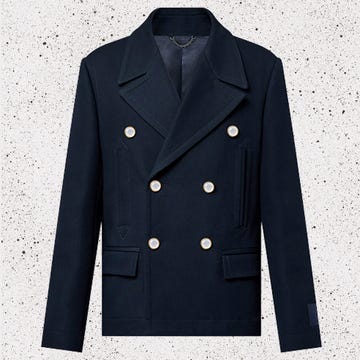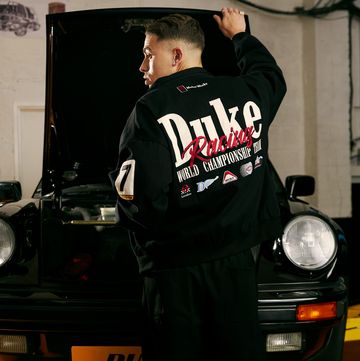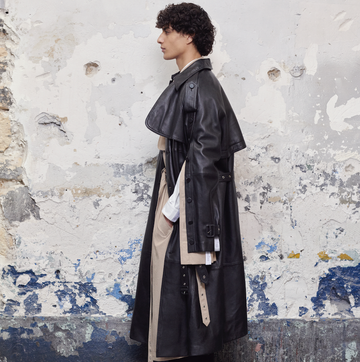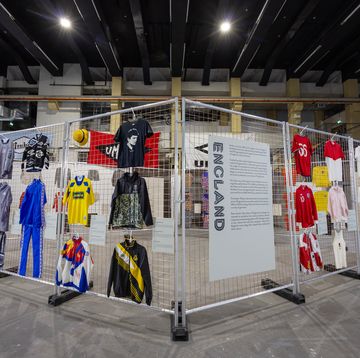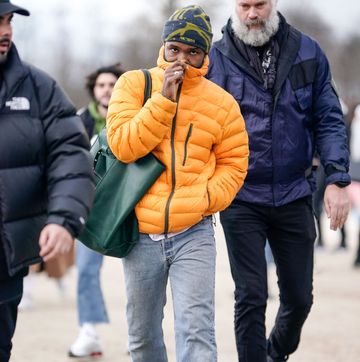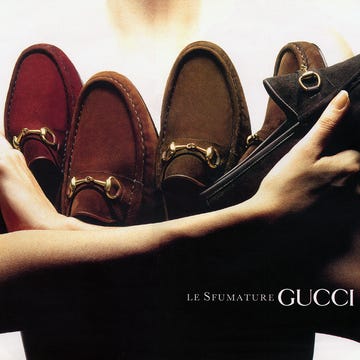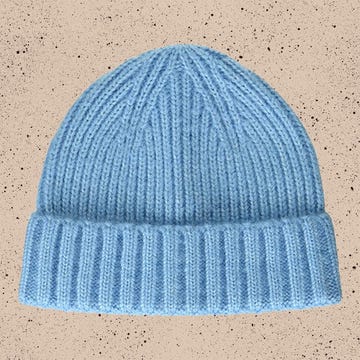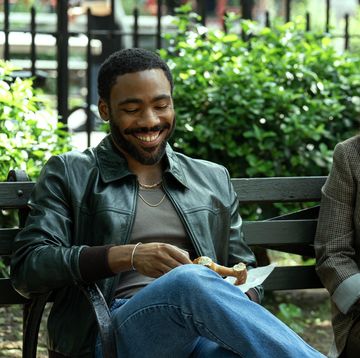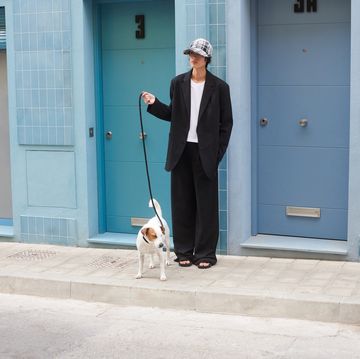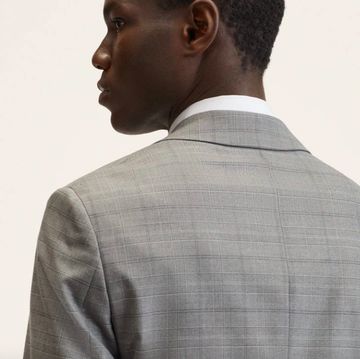It was only last February that press gathered in the top floor ‘apartment’ of the just-unveiled Madison Avenue store in New York and listened to Tomas Maier talk through the key looks of his Autumn/Winter 2018 collection for Bottega Veneta.
Maier was at the brand’s tiller for 17 years – an astonishingly long time by modern standards – and his vision of understated ‘stealth wealth’ led to success and expansion that saw Bottega Veneta become the fastest growing brand in parent company Kering’s stable.;
But the growth slowed in recent years and in June 2018, it was announced that Maier would be stepping down to be replaced by young and relative unknown British designer Daniel Lee, previously director of ready-to-wear design at Celine.
This was Lee’s first show for Bottega - and his first big show ever – so there was a feeling that we might all be about to witness something truly new and interesting. The buzz was palpable in the room.
I say room - the show venue was a giant greenhouse erected in the space between Milan’s Arco Della Pace and the Parco Sempione that it overlooks from the North. It was unseasonably sunny, and therefore a little hotter than people in autumnal layers were dressed for, but it offered the rare opportunity to wear sunglasses indoors (always a bonus among the fashion crowd).
The principle material at Bottega Veneta is leather, and ahead of the clothing (which is a very close second), the brand is perhaps best known for its accessories. In line with Maier’s ethos, you’ll rarely see a logo on a Bottega product. Instead, the calling card is a woven chequerboard leather known as ‘intrecciato’. An ‘if you know, you know’ kind of thing, you know? To that end, it would represent a shift of the brand’s core values and codes were Lee not to make leather the focus of the collection. And there would have to be intrecciato of some form. Surely.
It was clear very quickly that the designer had toed the party line, in material at least, if not in aesthetic. Of the 44 looks 11 were men’s, and all featured some kind of statement leather piece. But ‘statement’ might be putting it too lightly. The thrust of the men’s collection was a sort of monochrome gothic biker heft that resulted in loads of Mad Max style leather pieces, including huge boots, panel-heavy pants and one seemingly bulletproof café racer jacket. The latter is moulded into shape, rather than just cut, so it sits more like a piece of armour than a piece of clothing. All the colour had been reserved for the women’s collection, so the only thing to offset all the black of the men’s clothes was the odd pop of orange or turquoise (just one pop of each, actually).
There was elegance, too. Knitwear (if it constitutes) was super thin and sheer, and cut so the cuffs peaked out of the sleeves New-Romantically. And the outerwear that wasn’t leather was fairly classic, if hyper elevated: thick wool overcoats, gathered-waist cagoules (in astonishingly thin leather – as close to sportswear as Bottega will probably get) and a point collar mac, which is suitably capacious and dramatic.
In all, an exciting new Bottega Veneta, and one that bears no resemblance to that of a year ago. But perhaps the most intriguing element was Lee himself. Young, British and unknown, he is yet to make a serious mark on the fashion industry, but what a platform he has now. And clearly, he’s out to make a statement.
